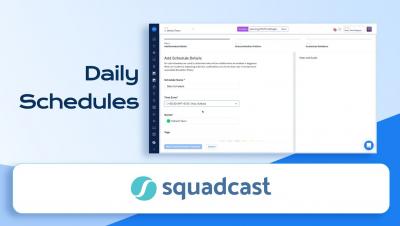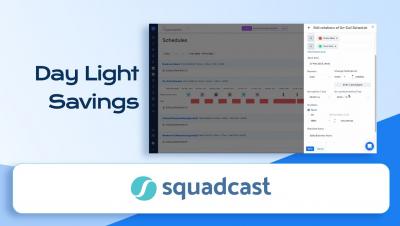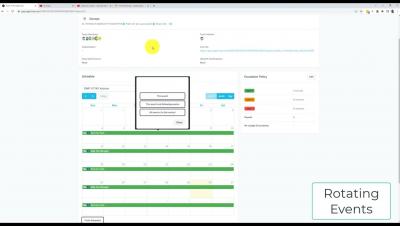Operations | Monitoring | ITSM | DevOps | Cloud
On Call
How to adjust Day Light Savings in Squadcast's On-Call Schedules | Squadcast
PagerTree OnCall Schedules
How to design an effective incident on-call program
Best practices for on-call scheduling and management
5 tips for a more modern and efficient on-call management
On-call management is one of the most important aspects of seamless IT service. Its aim is to ensure that the right person is notified in the case of an incident, so that they can react accordingly as quickly as possible. In certain cases, many people have to be notified. To achieve this as efficiently as possible, it is vital to have an up-to-date and smoothly functioning system.
7 steps to set up an on-call team
There is a moment in every company when 24x7 support is needed. Congrats! The next step is to start building an on-call team. In this article, we'll go through some of the aspects you should consider. We'll keep it small and, in a future article, go deep into each step.
On-call compensation in IT
On-call is a special working hour arrangement under employment law. It comes into effect when the employee is obliged to be contactable at least by phone, so they can start work in an emergency. On-call duty is generally counted as time specifically meant for work purposes. In practice, this means that employees are normally not allowed to work while on-call. However, there may be exceptions. For example, on-call employees may also work from home if they can be reached through their work device.
Product metrics @ incident.io, a year (and a half) in
We’ve been celebrating a few big milestones 🎉 at incident.io in the last few months. We were recently discussing product metrics (as you do for fun on a Friday afternoon 🤓) , and Lawrence was very surprised with a particular stat around the number of workflows that have been run using incident.io.











